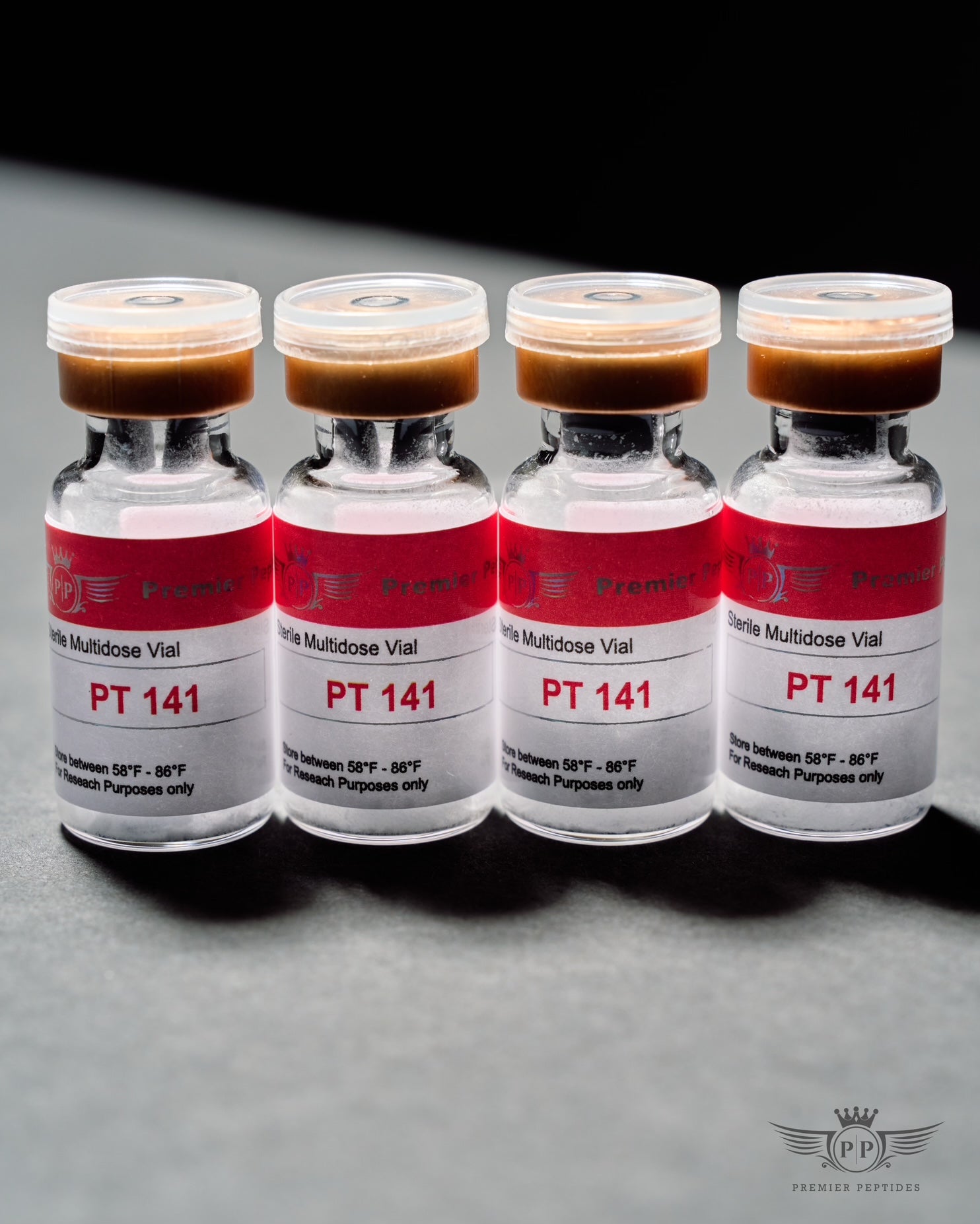10 products
Sort by:
10 products
10 products
Sort by:
Products
Uses for Cialis
Erectile Dysfunction
CIALIS® is indicated for the treatment of erectile dysfunction (ED).
Benign Prostatic Hyperplasia
CIALIS is indicated for the treatment of the signs and symptoms of benign prostatic hyperplasia (BPH).
Erectile Dysfunction And Benign Prostatic Hyperplasia
CIALIS is indicated for the treatment of ED and the signs and symptoms of BPH (ED/BPH).
Limitation Of Use
If CIALIS is used with finasteride to initiate BPH treatment, such use is recommended for up to 26 weeks because the incremental benefit of CIALIS decreases from 4 weeks until 26 weeks, and the incremental benefit of CIALIS beyond 26 weeks is unknown [see Clinical Studies] .
Dosage for Cialis
Do not split CIALIS tablets; entire dose should be taken.
CIALIS For Use As Needed For Erectile Dysfunction
- The recommended starting dose of CIALIS for use as needed in most patients is 10 mg, taken prior to anticipated sexual activity.
- The dose may be increased to 20 mg or decreased to 5 mg, based on individual efficacy and tolerability. The maximum recommended dosing frequency is once per day in most patients.
- CIALIS for use as needed was shown to improve erectile function compared to placebo up to 36 hours following dosing. Therefore, when advising patients on optimal use of CIALIS, this should be taken into consideration.
CIALIS For Once Daily Use For Erectile Dysfunction
- The recommended starting dose of CIALIS for once daily use is 2.5 mg, taken at approximately the same time every day, without regard to timing of sexual activity.
- The CIALIS dose for once daily use may be increased to 5 mg, based on individual efficacy and tolerability.
CIALIS For Once Daily Use For Benign Prostatic Hyperplasia
- The recommended dose of CIALIS for once daily use is 5 mg, taken at approximately the same time everyday.
- When therapy for BPH is initiated with CIALIS and finasteride, the recommended dose of CIALIS for once daily use is 5 mg, taken at approximately the same time every day for up to 26 weeks.
CIALIS For Once Daily Use For Erectile Dysfunction And Benign Prostatic Hyperplasia
The recommended dose of CIALIS for once daily use is 5 mg, taken at approximately the same time every day, without regard to timing of sexual activity.
Use With Food
CIALIS may be taken without regard to food.
Use In Specific Populations
Renal Impairment
CIALIS for Use as Needed
- Creatinine clearance 30 to 50 mL/min: A starting dose of 5 mg not more than once per day is recommended ,and the maximum dose is 10 mg not more than once in every 48 hours.
- Creatinine clearance less than 30 mL/min or on hemodialysis: The maximum dose is 5 mg not more than once in every 72 hours [see WARNINGS AND PRECAUTIONS and Use In Specific Populations].
CIALIS for Once Daily Use
Erectile Dysfunction
- Creatinine clearance less than 30 mL/min or on hemodialysis: CIALIS for once daily use is not recommended [see WARNINGS AND PRECAUTIONS and Use In Specific Populations] .
Benign Prostatic Hyperplasia And Erectile Dysfunction/Benign Prostatic Hyperplasia
- Creatinine clearance 30 to 50 mL/min: A starting dose of 2.5 mg is recommended. An increase to 5 mg maybe considered based on individual response.
- Creatinine clearance less than 30 mL/min or on hemodialysis: CIALIS for once daily use is not recommended [see WARNINGS AND PRECAUTIONS and Use In Specific Populations] .
Hepatic Impairment
CIALIS for Use as Needed
- Mild or moderate (Child Pugh Class A or B): The dose should not exceed 10 mg once per day. The use ofCIALIS once per day has not been extensively evaluated in patients with hepatic impairment and therefore, caution is advised.
- Severe (Child Pugh Class Cmax): The use of CIALIS is not recommended [see WARNINGS AND PRECAUTIONS and Use In Specific Populations] .
CIALIS for Once Daily Use
- Mild or moderate (Child Pugh Class A or B): CIALIS for once daily use has not been extensively evaluate din patients with hepatic impairment. Therefore, caution is advised if CIALIS for once daily use is prescribed to these patients.
- Severe (Child Pugh Class Cmax): The use of CIALIS is not recommended [see WARNINGS AND PRECAUTIONS and Use In Specific Populations] .
Concomitant Medications
Nitrates
Concomitant use of nitrates in any form is contraindicated [see CONTRAINDICATIONS] .
Alpha-Blockers
ED
When CIALIS is coadministered with an alpha-blocker in patients being treated for ED, patients should be stable on alpha-blocker therapy prior to initiating treatment, and CIALIS should be initiated at the lowest recommended dose [see WARNINGS AND PRECAUTIONS, DRUG INTERACTIONS and CLINICAL PHARMACOLOGY] .
BPH
CIALIS is not recommended for use in combination with alpha-blockers for the treatment of BPH [see WARNINGS AND PRECAUTIONS, DRUG INTERACTIONS and CLINICAL PHARMACOLOGY].
CYP3A4 Inhibitors
CIALIS for Use as Needed
For patients taking concomitant potent inhibitors of CYP3A4, such as ketoconazole or ritonavir, the maximum recommended dose of CIALIS is 10 mg, not to exceed once every 72hours [see WARNINGS AND PRECAUTIONS and DRUG INTERACTIONS] .
CIALIS for Once Daily Use
For patients taking concomitant potent inhibitors of CYP3A4, such as ketoconazole or ritonavir, the maximum recommended dose is 2.5 mg [see WARNINGS AND PRECAUTIONS and DRUG INTERACTIONS] .
Show
per page









